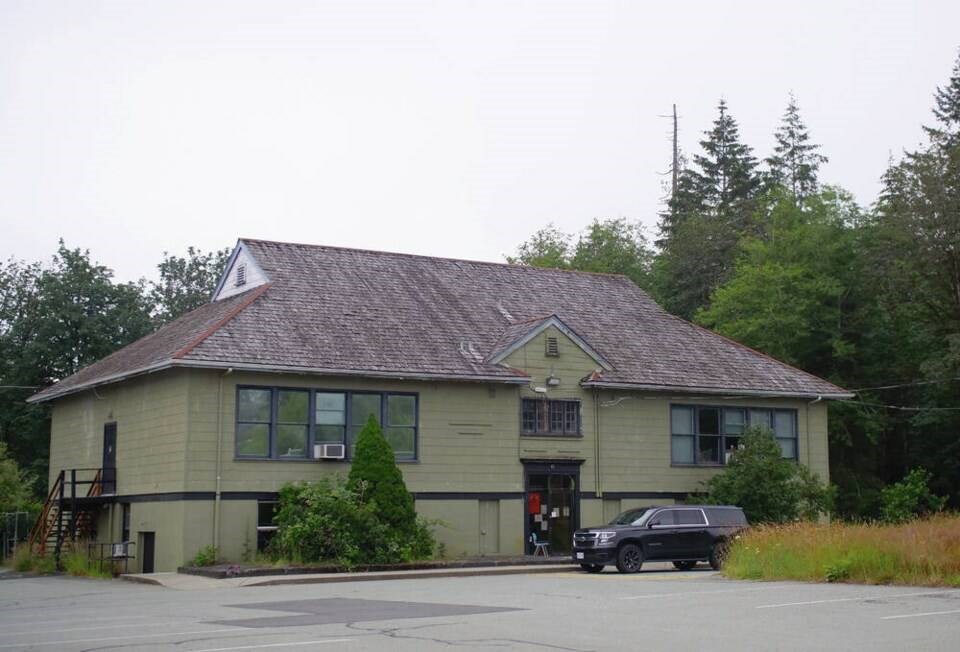The Tseshaht First Nation says it will publicly release findings next week from the first phase of ground scanning on the site of the former Alberni Indian Residential School.
The announcement, set for Feb. 21, is expected to be live-streamed on the Tseshaht First Nation Facebook page.
“We know this news can be difficult for all residential-school survivors, their loved ones, communities and Canadians. However, this work is essential as we embark on this journey of truth,” elected Chief Councillor Wahmeesh (Ken Watts) said in a statement Monday.
Extensive research and scanning has been carried out in the past 18 months.
Preliminary findings will give survivors and the nation the knowledge and tools to continue its work, Wahmeesh said.
“We will never know the exact number of children who did not make it home, however we are committed as a nation and caretaker community to uncover the truth and honour the survivors and children who did not make it home,” he said.
The nation never consented to have the school in its territory, he said. “But we are doing our part to educate the world about what happened at [Alberni Indian Residential School].
“There cannot be reconciliation without truth.”
The Tseshaht is among a number of First Nations to use ground-scanning technology at former residential school sites.
The nation owns the site where the school operated between 1900 and 1973, as well as other nearby lands. Some of the school buildings have been torn down.
The school was destroyed three times by fire and rebuilt.
Students came to the Alberni Indian Residential School from various communities on Vancouver Island, including Campbell River, Saanich, Ahousaht, Nanaimo, Beecher Bay, Nanoose, the Malahat, Port Renfrew, Cape Mudge, Cowichan and Clayoquot.
Others arrived from elsewhere in the province, including Haida Gwaii, Terrace, Hartley Bay, Musqueam, Moricetown, Nisga’a and many more locations.
Tseshaht First Nation is one of 14 nations in the Nuu-chah-nulth Tribal Council. Its territory includes the Broken Group Islands, parts of Barkley Sound, both sides of the Alberni Inlet and the Alberni Valley.



